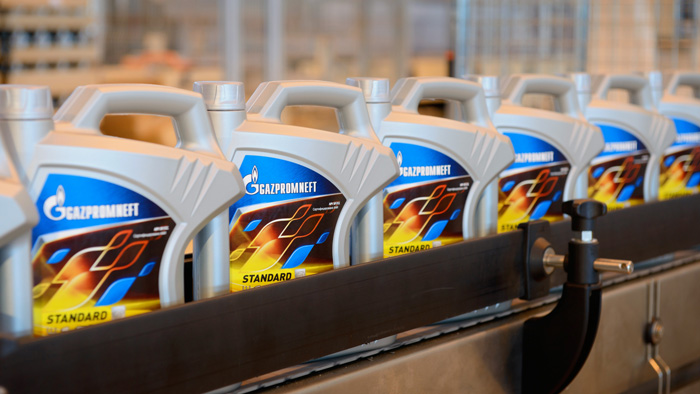
Gazpromneft-Lubricants projects Russia’s lubricants market to grow by 1.8% in 2019
According to preliminary estimates, the Russian lubricants market is expected to grow an average of 1.8% in 2019, following an improvement in 2018, according to Roman Kuzmin, deputy general director for Operational Marketing, Gazpromneft-Lubricants. Last year, lubricant consumption is estimated to have posted a slightly better growth of 1.2% to 1.56 million tons compared to previous years (+0.2% in 2017; -3.8% in 2016).
This trend is in conjunction with the gradual recovery of the Russian economy. The World Bank has forecasted GDP growth for 2018-2020 to remain modest, at 1.5% to 1.8%.
In 2015-2016, Russia’s lubricant consumption decreased by 8.5%, as Russia’s real GDP growth contracted by 3.7% due to lower global crude oil prices and international sanctions.
Today, as the Russian economy continues to recover, Gazpromneft-Lubricants says the main growth drivers of lubricant consumption are these macroeconomic indicators and the development of the country’s industrial sector, alongside agricultural growth, which requires a stable and significant supply of lubricants.
“GDP growth (forecasted at plus 1.5-1.8%), as well as metallurgy and mechanical engineering upturn by 0.6% became the key factors of rising lubricants consumption in the industrial segment, whose capacity was estimated at 780 thousand tons at the end of 2018”, said Kuzmin.
Mineral extraction increase (forecasted increase -2.2% at the end of 2018) not only facilitated industrial development, but also stimulated a further expansion of the lubricants market through a higher cargo turnover. Along with the rise of agriculture (forecasted increase of 1.9%), these factors will ensure the growth of lubricants consumption for commercial vehicles of up to 490,000 tonnes.
Passenger car engine oil has demonstrated the best dynamics in comparison to 2017, and is expected to grow by 2.7%. The recovery of the new car market by 15% in the first three quarters of 2018, due to the increasing use of cars, growing taxi fleets and car-sharing services, as well as suppressed demand, will boost lubricants consumption in Russia at a level of 290,000 tonnes by the end of 2018.
“The slowdown in the imports decline and localization development of major foreign players (Shell, Total, Fuchs, etc.) were the key market trends in 2018,” said Kuzmin. “Import stability resulted from the increasing purchasing power of the population and a growing demand for specialized oils in high-tech industries with a large share of modern equipment. Localizing production in Russia is driven by the necessity to increase the price attractiveness of foreign brands, which in previous years experienced a demand decline in the Russian market due to escalating prices.”









